What is sustainable natural resources?
Introduction
Natural resources are the foundation of human survival and economic development. From clean water and fertile soil to forests, minerals, and energy sources, our daily lives depend heavily on what nature provides. Yet, decades of overexploitation, pollution, and unsustainable consumption patterns have placed immense pressure on the planet. Climate change, biodiversity loss, and resource depletion are urgent reminders that humanity must rethink how it uses natural resources.
This is where the concept of sustainable natural resources comes in. The idea is simple but powerful: we must use resources in a way that meets today’s needs without compromising the ability of future generations to meet theirs. As nations move toward green economies and more responsible development, understanding and applying sustainability principles has never been more important.
1. What Is Sustainable Natural Resources?
Sustainable natural resources refer to the practice of managing and using natural assets responsibly to ensure long-term availability.
Types of resources:
Renewable resources like forests, water, soil, and air can replenish themselves naturally if managed properly.
Non-renewable resources such as oil, coal, and minerals are finite and must be used more cautiously.
Core principles of sustainability:
Do not exploit resources faster than they can regenerate.
Minimize environmental damage during use.
Maximize efficiency, recycling, and reuse.
For example, if forests are logged for timber, sustainable practices would require replanting trees at a rate that matches or exceeds deforestation, thereby keeping ecosystems in balance.
2. Why Is Sustainability Important for Natural Resources?
The importance of sustainability goes far beyond “saving the environment.” It directly impacts human well-being and global stability.
Maintain ecological balance: Protect ecosystems and biodiversity, preventing species extinction.
Secure long-term human needs: Ensure reliable access to food, water, and energy.
Economic stability: Avoid market disruptions caused by resource shortages.
Combat climate change: Preserve carbon sinks like forests and oceans while reducing dependence on fossil fuels.
Fairness for future generations: Ensure that today’s consumption does not rob tomorrow’s children of opportunities.
Without sustainability, we risk destabilizing both the natural world and the societies built upon it.
3. Examples of Sustainable Natural Resource Practices
Sustainability is not just a concept; it’s applied through practical strategies across industries and communities:
Sustainable forestry
Limiting the number of trees harvested and replacing them with new growth.
Using certified wood from programs like the Forest Stewardship Council (FSC).
Renewable energy
Expanding solar, wind, and hydropower to reduce reliance on fossil fuels.
Innovating clean technologies that cut carbon emissions.
Sustainable agriculture
Crop rotation, organic farming, and reduced use of chemical fertilizers.
Smart irrigation systems that conserve water.
Water management
Rainwater harvesting and desalination projects.
Promoting water-efficient appliances and urban water recycling.
Circular economy practices
Recycling materials like plastics, glass, and metals.
Encouraging “zero waste” initiatives in cities.
These practices demonstrate that sustainability is achievable with conscious effort and innovation.
4. How Do Governments Promote Sustainable Resource Use?
Governments play a critical role in setting the framework for sustainability through laws, incentives, and international cooperation.
Regulations and policies
Enforcing emission limits, banning harmful substances, and requiring environmental impact assessments (EIA).
International cooperation
Agreements like the Paris Climate Accord and the United Nations Sustainable Development Goals (SDGs).
Public education and awareness
Integrating sustainability into school curriculums and public campaigns.
Incentives and subsidies
Financial support for renewable energy projects and green technology.
Encouraging companies to adopt Environmental, Social, and Governance (ESG) standards.
Strong policy frameworks ensure that sustainability is not just voluntary but a societal commitment.
5. Challenges in Managing Natural Resources Sustainably
Despite progress, significant barriers remain:
Population growth: Rising global population creates more demand for food, water, and energy.
Economic vs. environmental priorities: Some countries prioritize industrial growth over ecological protection.
Weak enforcement: Even when laws exist, they are often poorly enforced.
Global disagreements: Developed and developing nations sometimes clash over responsibility and resource use.
Climate change impacts: Droughts, floods, and wildfires make resource management more complex.
Financial and technological gaps: Many regions lack the resources to implement sustainable solutions.
These challenges highlight the need for stronger collaboration between governments, businesses, and communities.
Conclusion
Sustainable natural resources are not just an environmental concern—they are essential for humanity’s survival and progress. By balancing consumption with regeneration, societies can ensure that ecosystems remain intact and future generations inherit a livable planet.
The responsibility is shared:
Governments must enforce strong environmental regulations and support green innovation.
Businesses should embrace eco-friendly practices and long-term sustainability strategies.
Individuals can make small but meaningful changes such as reducing waste, saving energy, and making responsible consumer choices.
The path toward sustainability is challenging but achievable. With collective action and innovation, humanity can shift from overconsumption to stewardship, creating a future where people and nature thrive together.
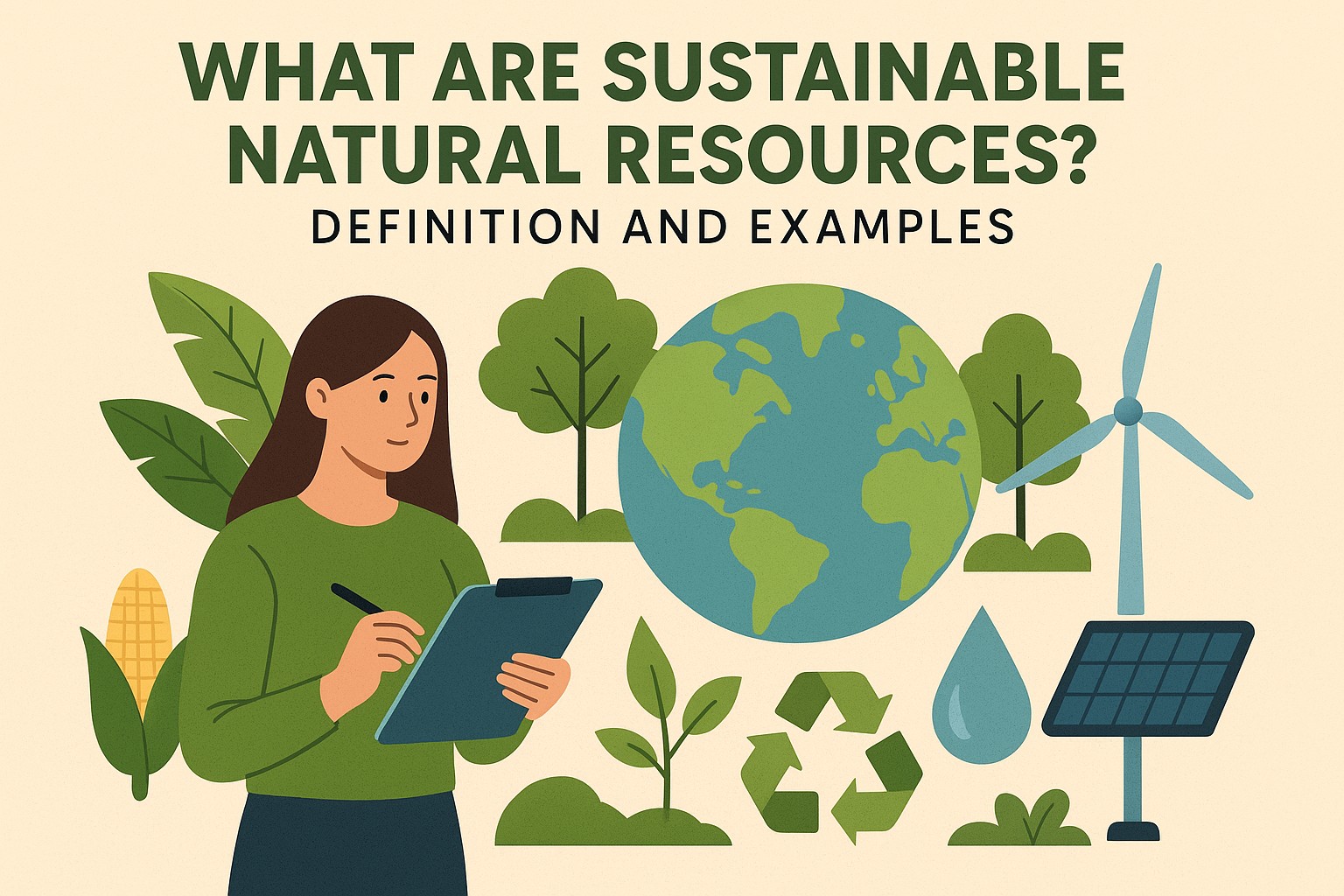

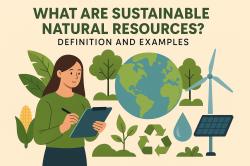
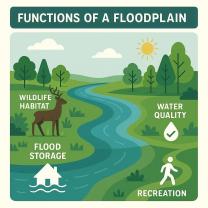

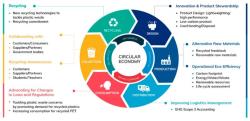
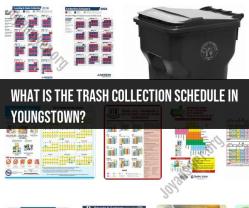
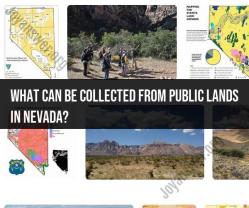


GreenFutureSeeker
on October 03, 2025This article highlights why sustainability is more than just a buzzword—it's about survival and fairness for future generations.